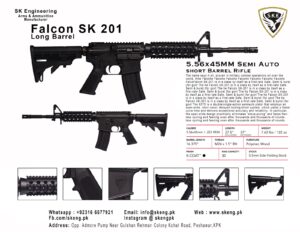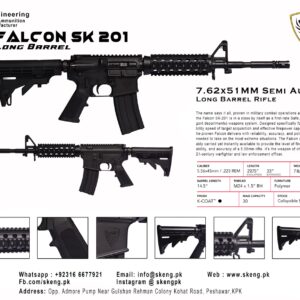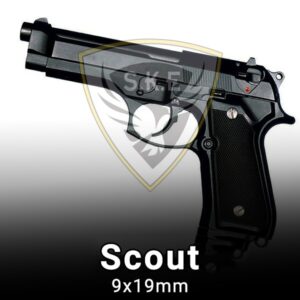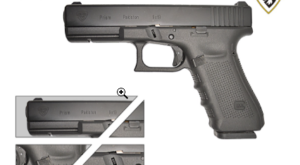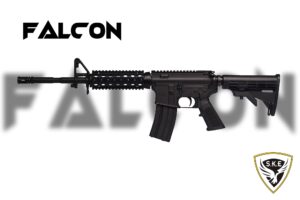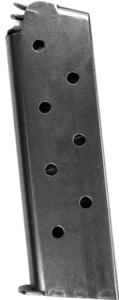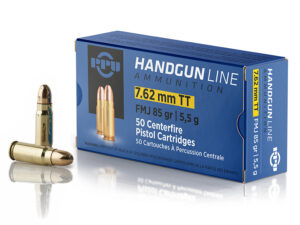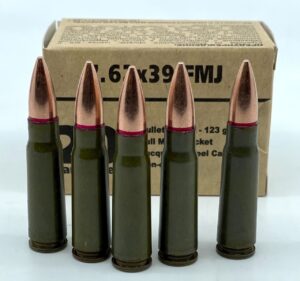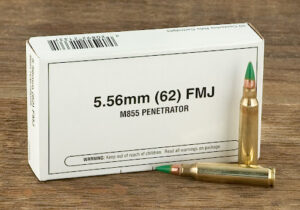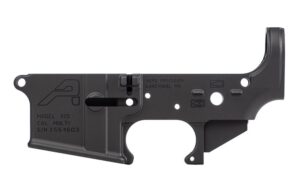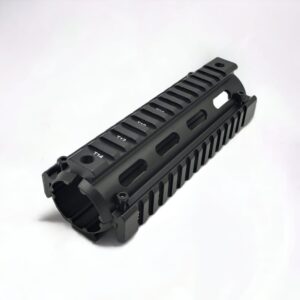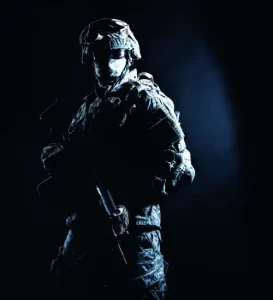Weapons in Istanbul: A Complex Nexus of History, Culture, and Modern Challenges
weapons In Istanbul, the vibrant metropolis straddling two continents, has long been a crucible where history, culture, and geopolitics converge. Among its many facets, the issue of weapons in Istanbul presents a multifaceted narrative, reflecting the city’s rich tapestry of influences, challenges, and aspirations.
From the ancient weapons of the Ottoman Empire to the modern firearms used by law enforcement and military personnel, Istanbul’s relationship with weaponry is complex and ever-evolving. The city’s strategic location at the crossroads of Europe and Asia has made it a coveted prize for conquerors throughout history, leading to a legacy of conflict and conquest that is still evident in its streets and monuments today. As Istanbul continues to grapple with issues of security, terrorism, and political unrest, the role of weapons in the city remains a contentious and divisive topic, with implications that reach far beyond its borders.
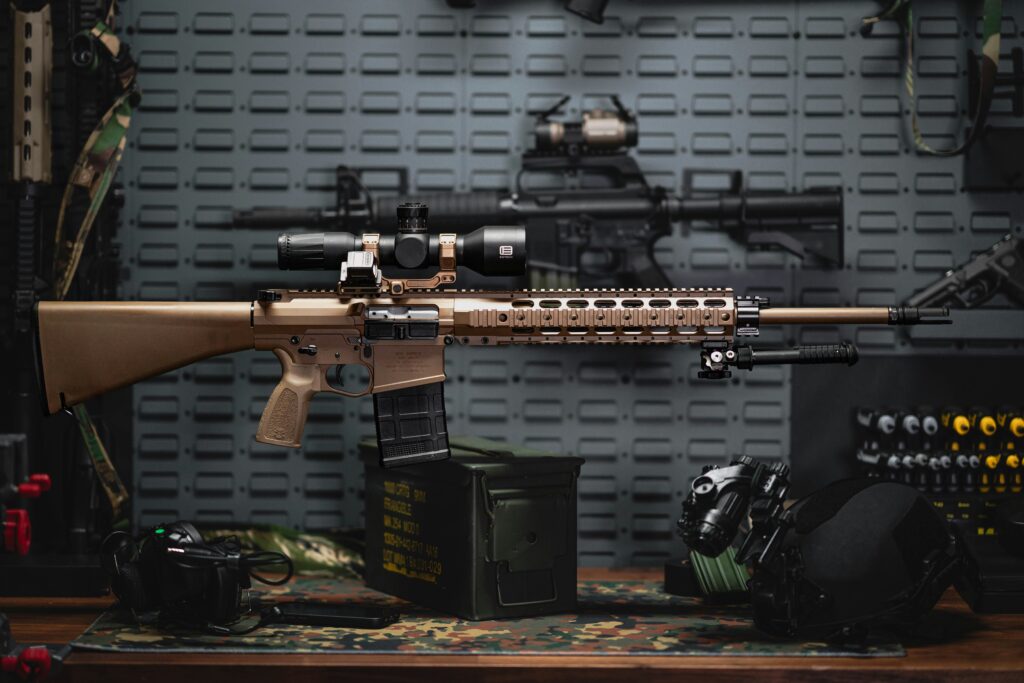
Historical Context:
To comprehend the contemporary dynamics of weapons in Istanbul, one must delve into its rich historical backdrop. Throughout millennia, Istanbul, formerly known as Byzantium and Constantinople, has witnessed the ebb and flow of empires, from the Byzantine to the Ottoman. Each epoch has left its imprint on the city’s relationship with weaponry, shaping its identity and destiny.
During the Byzantine era, Constantinople was renowned for its formidable fortifications, including the renowned Theodosian Walls, which guarded the city against numerous sieges. Weapons were not merely instruments of defense but symbols of imperial power and prestige.
The Ottoman Empire, which succeeded the Byzantines, further entrenched Istanbul’s association with arms. The Ottomans expanded their military might through innovative tactics and technologies, forging an empire that spanned three continents. Istanbul became a hub for the production, trade, and deployment of diverse weaponry, ranging from cannons to Janissaries’ distinctive sabres.
Cultural Significance:
Beyond their utilitarian functions, weapons have held profound cultural significance in Istanbul. They have permeated literature, art, and folklore, becoming integral to the city’s collective imagination. From the epic tales of Ottoman conquests to the intricate craftsmanship of imperial arsenals, weaponry has shaped narratives of heroism, sacrifice, and sovereignty.
The Topkapi Palace Museum stands as a testament to Istanbul’s cultural affinity with arms, housing a vast collection of weapons from various periods. Here, visitors can marvel at the exquisite craftsmanship of Ottoman swords, the intricate inlays of muskets, and the grandeur of ceremonial armour. These artifacts not only showcase Istanbul’s martial heritage but also underscore its role as a custodian of diverse cultures and civilizations.
Modern Challenges:
In contemporary Istanbul, the issue of weapons takes on new dimensions amidst evolving geopolitical dynamics and socio-economic challenges. The proliferation of small arms, organized crime, and terrorism pose significant threats to the city’s security and stability. Istanbul’s strategic location, straddling Europe and Asia, makes it a nexus for illicit arms trafficking and transnational crime networks.
Moreover, political tensions within Turkey and the wider region exacerbate the complexity of managing weapons in Istanbul. Conflicts in neighbouring countries, such as Syria and Iraq, have spillover effects, fueling proxy wars and insurgencies. The influx of refugees and displaced populations further strains resources and fosters conditions ripe for radicalization and violence.
Responses and Solutions:
Addressing the multifaceted challenges of weapons in Istanbul requires a comprehensive approach that integrates security, governance, and community engagement. Law enforcement agencies must enhance their capacity to combat illicit arms trafficking and dismantle criminal networks operating within the city. This entails bolstering border security, enhancing intelligence-sharing mechanisms, and implementing robust legal frameworks to prosecute offenders.
Furthermore, investments in socio-economic development and conflict resolution are essential to address the root causes of violence and instability. By addressing disparities in education, employment, and social services, policymakers can mitigate the grievances that fuel radicalization and criminality. Community-based initiatives, including youth outreach programs and deradicalization campaigns, are also vital in fostering social cohesion and resilience against extremist ideologies.
At the international level, cooperation and dialogue are indispensable in tackling the global dimensions of the weapons trade and terrorism. Istanbul’s role as a crossroads of civilizations provides an opportunity for diplomatic engagement and collaboration among regional stakeholders. By fostering trust and mutual understanding, Istanbul can emerge as a beacon of peace and cooperation in a turbulent world.
Conclusion:
In conclusion, the issue of weapons in Istanbul encapsulates a complex interplay of history, culture, and contemporary challenges. From its ancient fortifications to modern-day security concerns, Istanbul’s relationship with arms reflects its enduring resilience and adaptability. By confronting the root causes of violence, fostering cooperation, and embracing its diverse heritage, Istanbul can chart a path towards peace, prosperity, and security for generations to come.
-
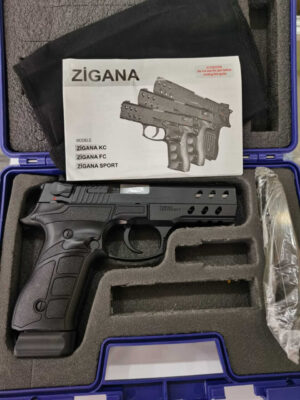
zigana original 9mm pistol price in pakistan
Read more -
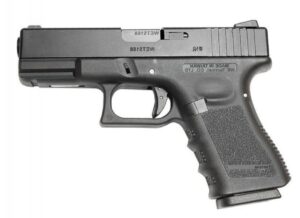
SK 19 Pistol
Read more -
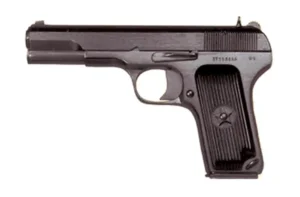
S.K Phantom 30
Read more -
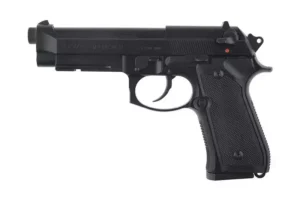
S.K Scout 9×19
Rated 3.50 out of 5Read more -

S.K PRISM 9X19
Read more -
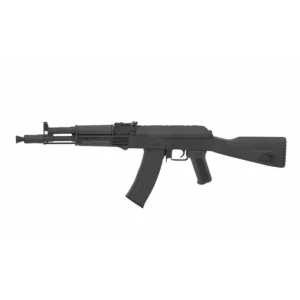
S.K Eagle 223
Read more -
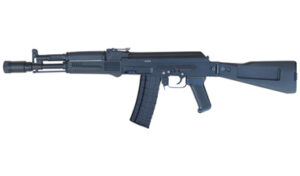
S.K EAGLE 7.62×51
Read more -

S.K Eagle 7.62×51 COMPACT
Read more -

S.K EAGLE 7.62×51
Read more -
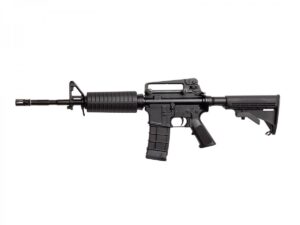
S.K FALCON 5.56×45
Read more -
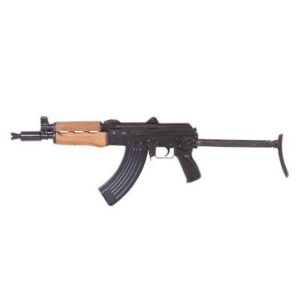
S.K.E Al-Badr 762V3 Compact
Read more -
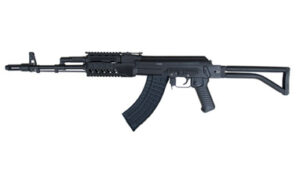
S.K.E Al-Badr 762V1
Read more -
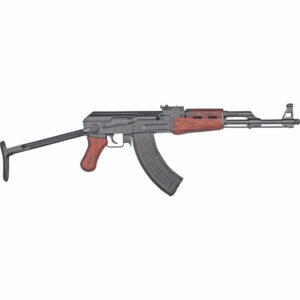
S.K.E Al-Badr 762V2
Read more -

MAG SK 9X19 V1
Read more -
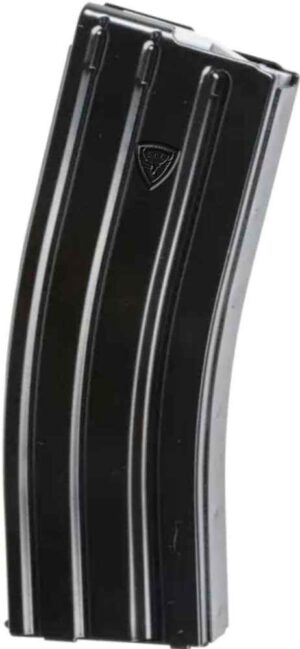
MAG SK 5.56X45
Read more -
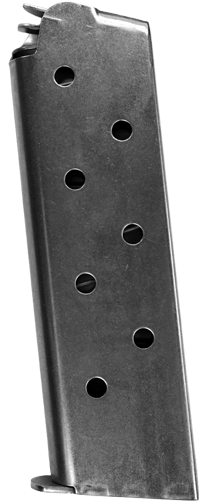
MAG SK 30
Read more
Lorem ipsum dolor sit amet, consectetur adipiscing elit. Ut elit tellus, luctus nec ullamcorper mattis, pulvinar dapibus leo.

